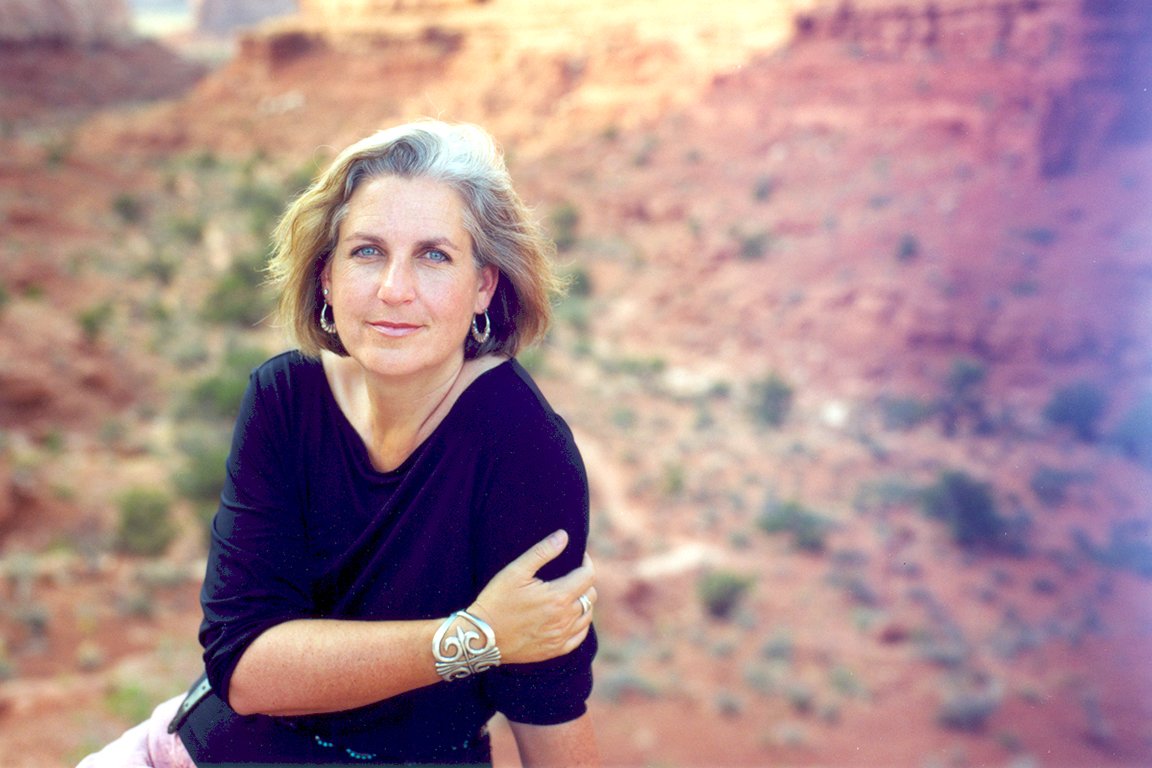Editor’s Introduction: From Earth Indivisible
Forty-five years ago, Rachel Carson captured the nation’s attention with her imagined portrayal of wildlife imperiled by the indiscriminate spray of pesticides.
“The few birds seen anywhere were moribund,” she wrote. “They trembled violently and could not fly. It was a spring without voices. On the mornings that had once throbbed with the dawn chorus of scores of bird voices there was now no sound; only silence lay over the fields and woods and marsh.”
When Carson published Silent Spring in 1962, her vivid prose and persuasive arguments helped spark the modern environmental movement. The book also sparked the ire of the chemical industry, whose representatives labeled Carson a “hysterical woman” and tried to dismiss her as a “priestess of nature,” but then threatened her with lawsuits.
Despite—or perhaps because of—her personal struggle with the breast cancer that would kill her in less than two years, she reigned serene during those attacks. “I have felt bound by a solemn obligation,” she wrote a friend, “to do what I could; if I didn’t at least try I could never be happy again in nature.”
Throughout this issue of the Silent Spring Review, you’ll find evidence of serene—even upbeat—defiance, in recognition of an oft-neglected truth: We are woven into the tapestry of this earth, and what we commit to our environment we commit to our bodies.
In recognition of this truth, naturalist Terry Tempest Williams, whose essay about Carson is excerpted in this issue, once gathered with a band of other women to protest nuclear testing in the desert. During her arrest for trespass on military lands, two officers frisked her and found, tucked into her boot, a pen and pad of paper. When asked what they were, she responded, with a smile, “Weapons.”
Detailed in these pages are the various weapons we’re employing to understand the indivisible links between the environment and our bodies. These initiatives range from a comprehensive review of studies on environmental factors that may increase breast cancer risk, to our work with one community in its quest for environmental justice, to our research into the health implications of what we’re flushing down our drains.
These efforts reflect another critical indivisibility: the powerful connection between scientists and activists in unraveling truths about the environmental causes of breast cancer. Whether our weapons are pens and paper or the increasingly sophisticated tools of research—geographic information systems, estrogenicity bioassays, indoor air samplers—we join a community of women and men fighting for the health of our planet and of ourselves.
Now, in the centennial year of Rachel Carson’s birth, we at Silent Spring Institute seek to extend her legacy as we continue to discover critical, indivisible links.

